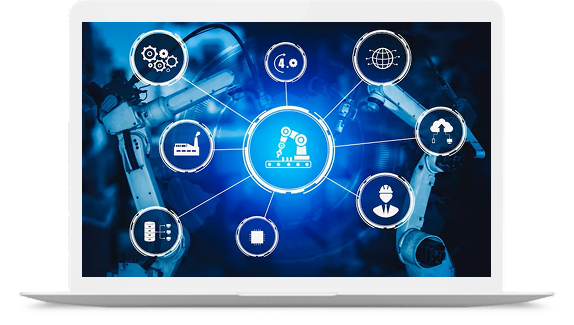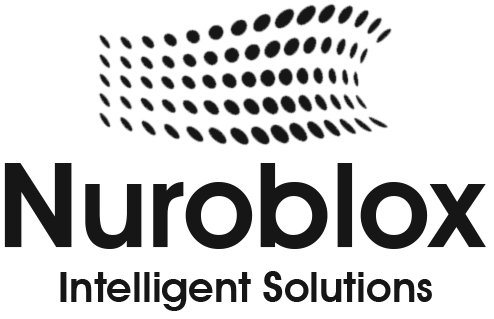Process Automation
- Home
- Process Automation

// ABOUT PROCESS AUTOMATION
Process Automation
Process automation empowers businesses to eliminate repetitive tasks, streamline workflows, and enable smarter decision-making. By leveraging AI and digital technologies, organizations achieve faster, more efficient, and scalable operations.

What is Process Automation?
Types of Process Automation
Robotic Process Automation (RPA)
RPA focuses on automating high-volume, rule-based repetitive tasks such as data entry, report generation, and invoice processing. By mimicking human interactions with systems, RPA allows businesses to execute routine operations faster and with fewer errors. It is often the first step in an organization’s automation journey, delivering quick ROI by reducing manual work and operational costs.
Business Process Automation
BPA takes a broader approach by automating entire end-to-end business workflows rather than individual tasks. It focuses on optimizing processes across departments, such as procurement, HR, and finance, to improve efficiency, compliance, and visibility. BPA often uses workflow management tools and integrated software solutions to enable seamless process orchestration across different business units.
Workflow Automation
Workflow automation streamlines sequences of tasks by ensuring that information flows automatically between people, departments, and systems. For example, it can route customer support tickets to the right agent or automatically move documents through approval chains. This type of automation improves collaboration, reduces delays, and ensures that processes run smoothly without manual intervention.
Intelligent Process Automation
IPA is the next evolution of automation, combining RPA with advanced capabilities such as artificial intelligence , machine learning , natural language processing , and analytics. Unlike basic automation, IPA can make context-aware decisions, learn from patterns, and handle unstructured data such as text and images. Businesses rely on IPA for complex operations like fraud detection, predictive maintenance, and personalized customer interactions.
How Does Process Automation Work?
Process automation works by mapping out business workflows, identifying repetitive tasks, and applying automation technologies such as AI, workflow engines, robotic process automation (RPA), and APIs. These technologies integrate with existing business systems, allowing processes to run automatically while providing real-time insights and analytics.
We’re Here to Assist You and Address
All Your Questions Anytime!
Use Cases of Process Automation
Healthcare
Customer Service
IT Operations



Challenges of Implementing
Process Automation
The Future of Process Automation
The future of process automation lies in intelligent orchestration, where AI agents, cloud-native architectures, and predictive analytics enable self-optimizing workflows. As businesses move toward hyper-automation, AI-driven decision-making and real-time adaptability will redefine enterprise efficiency, customer experiences, and innovation potential.
Looking ahead, process automation will evolve into a more human-centric model, where automation and employees work side-by-side to augment capabilities rather than replace them. With the integration of generative AI, conversational bots, and advanced analytics, enterprises will unlock new levels of personalization, innovation, and resilience. making automation not just a cost-saving tool but a strategic driver of business growth.







